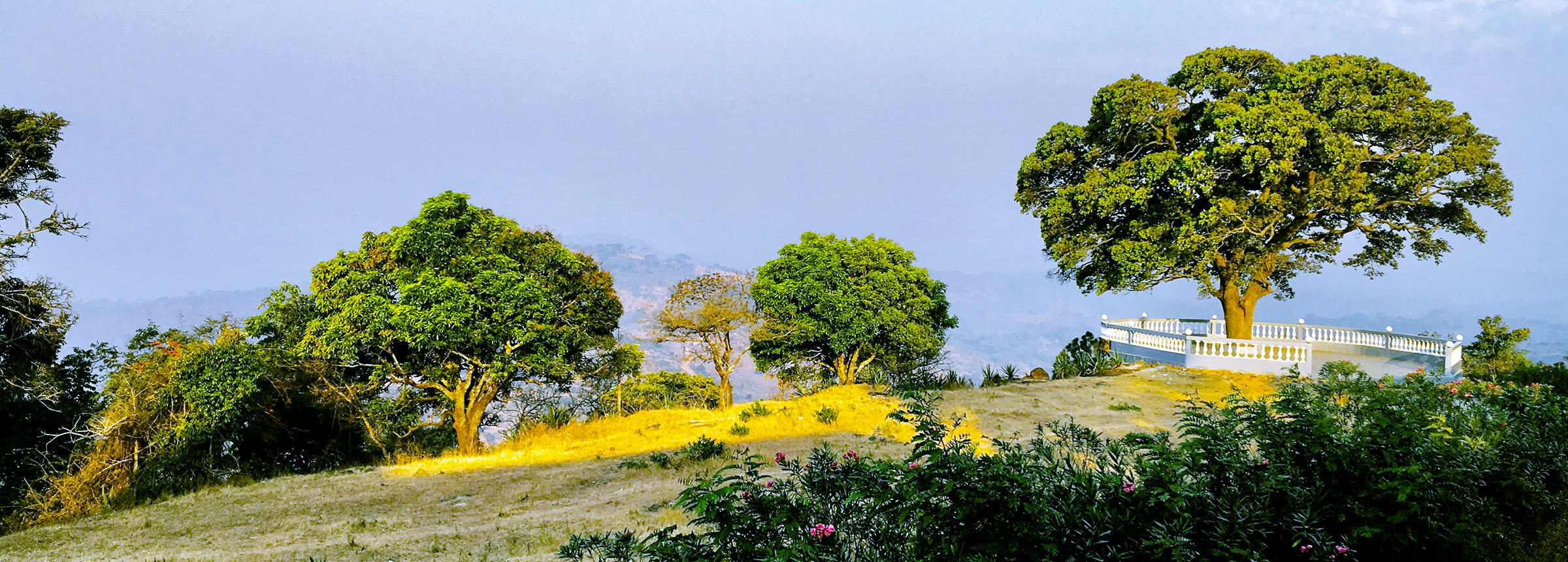
First Steps to Design an Emissions Reduction Pathway in Madre de Dios
Laura Secada, The Climate Group, and Anna McMurray, Winrock International
In August, our team conducted a mission to Madre de Dios, Peru, for the Climate Pathway Project. The project works with state and regional governments in Latin America, supporting them to track emissions and develop long-term decarbonization pathways. The project will analyze each state and region to develop a plan that allows for growth alongside ambitious long-term emissions reductions.
About the Region
Madre de Dios, translated as Mother of God, is a region in the southeast of Peru and receives its name from the main river of the region. It is 85 300 km2 and, with a population of approximately 140,000 inhabitants, is the least densely populated region of the country.
Forestry, oil and mining, agriculture and tourism are motors of the economy in the region and it’s one of the few regions in Peru that has two international boundaries — with Brazil and Bolivia.
Madre de Dios is part of the Amazon biome and is home to a record-breaking number of species. It is a culturally diverse place with populations from the Andean region, Amazonian indigenous peoples from seven different ethnicities as well as indigenous people living in voluntary isolation.
The region is committed to reducing its emissions in the long-term and undertaking ambitious climate action with land use change responsible for the majority of Madre de Dios’ greenhouse gas emissions.
Stocktaking
The objectives of this first mission were: (i) to present the project to different stakeholders while highlighting the objectives, phases and the people responsible for the implementation; (ii) to validate the stakeholder mapping and identification of new stakeholders for the project’s effective implementation; and (iii) to collect information that allows the identification of data sources per emissions sector that will be requested to develop the project’s baseline.
The Governor of Madre De Dios, Luis Hidalgo Okimura, kicked off the start of the mission together with the offices of International Cooperation, natural resources, planning and budget.
The Government of Madre de Dios, our leading partner, hosted 13 bilateral meetings and 74 stakeholders from different offices from the regional Government, Ministry of Agriculture and Environment, productive associations, the forestry and agriculture industry, indigenous organizations, mining associations, NGOs and academia were in attendance.
Outcomes and Next Steps
From the conversations with stakeholders it was clear that the temperature in the region has increased significantly over recent years and that, although the people could adapt, this would negatively affect biodiversity.
It was also found that barriers to implementing a long-term emissions reductions pathway would include the lack of land titling and territorial zoning together with the superposition of land titles from forestry, agriculture, oil and gas and mining.
The information that was identified during the meetings was very valuable and our next steps are to collect data from the different initiatives in the region. Then we will develop a baseline analysis for and set a goal to reduce emissions by 2050.
We left Madre de Dios feeling charged, having identified many opportunities to build a low-carbon future for Madre de Dios, a future where the Amazon and its people thrive. Days after this, we find out about the fires happening in the Brazilian Amazon and in Madre de Dios as well, and how the governor and his team are working non-stop to mitigate the impact. The recent fires in the Amazon highlight the importance and role of the Under2 Coalition to continue to work to empower states and regions to protect the Amazon and its people.
We encourage you to watch the interview in Spanish about the mission made by the regional government here.
